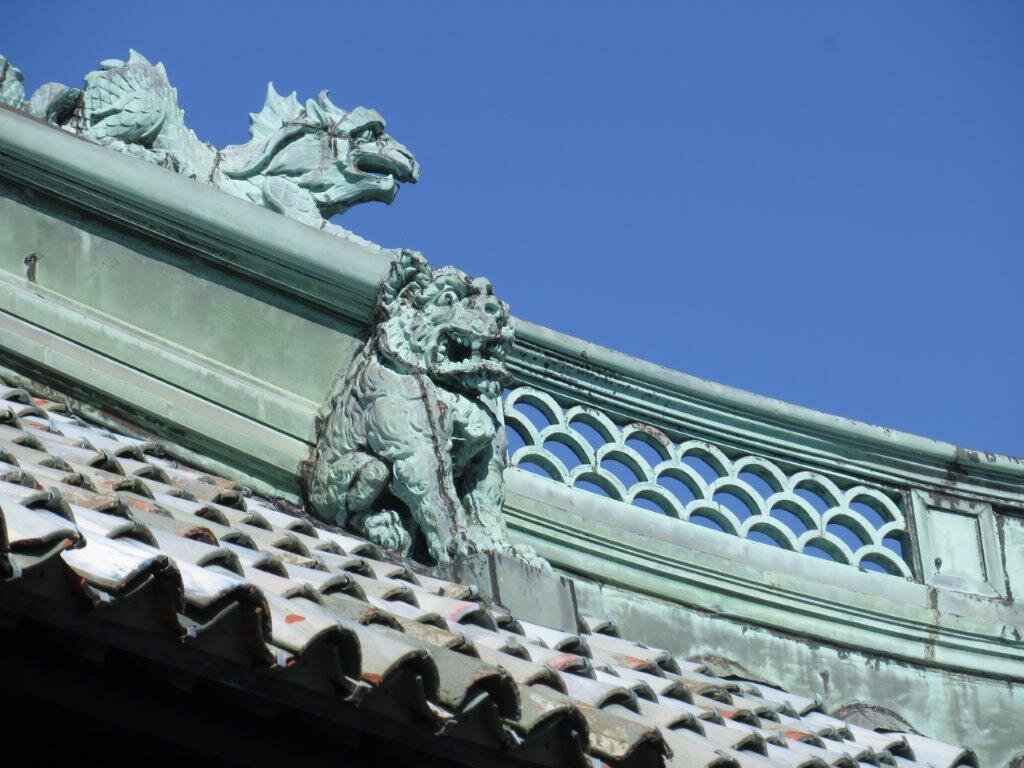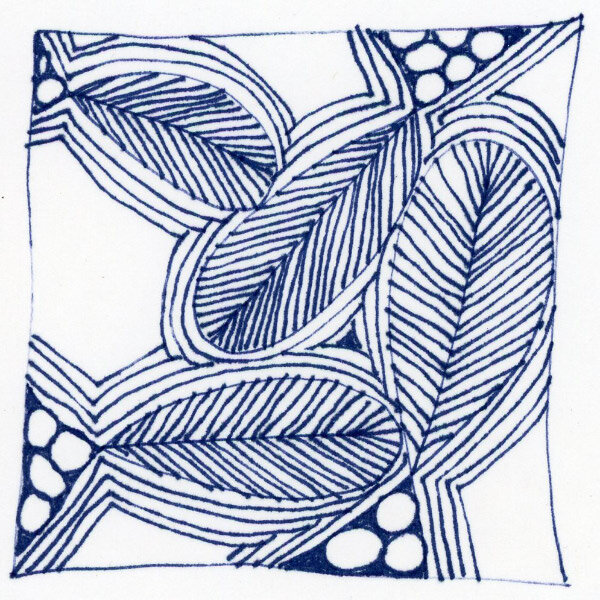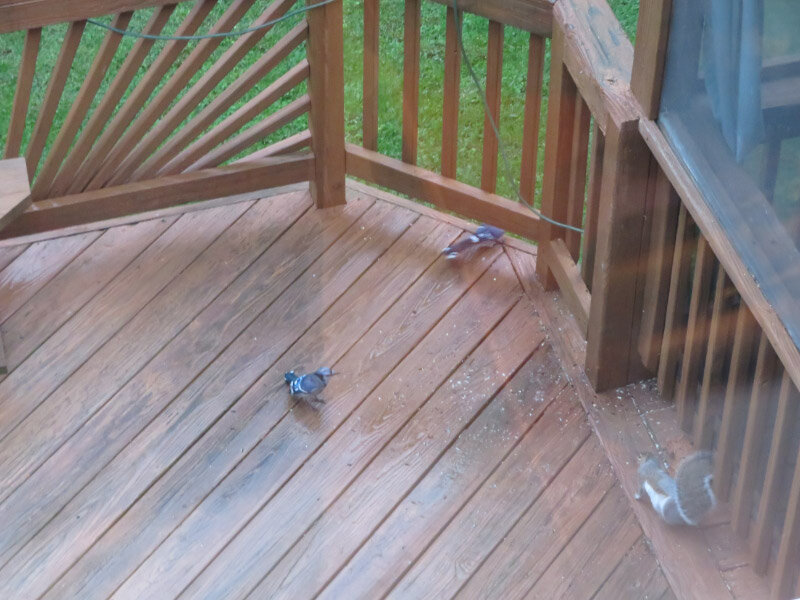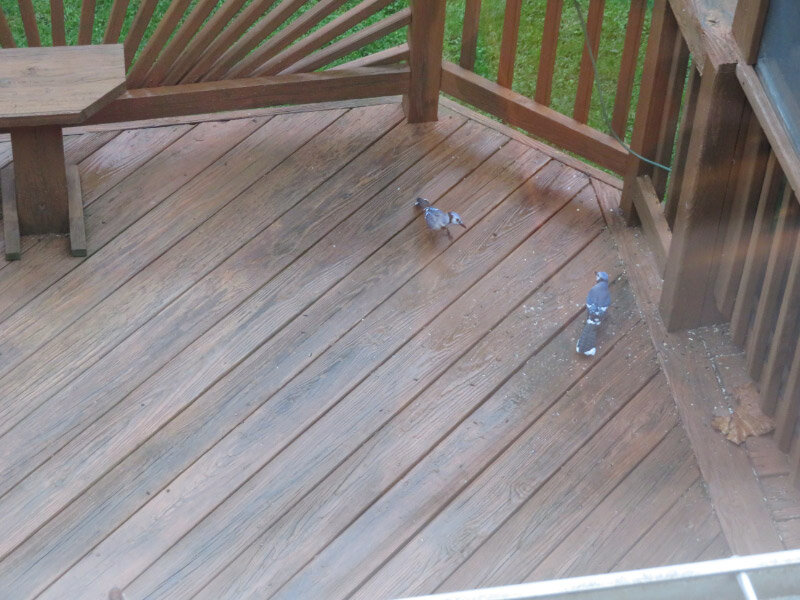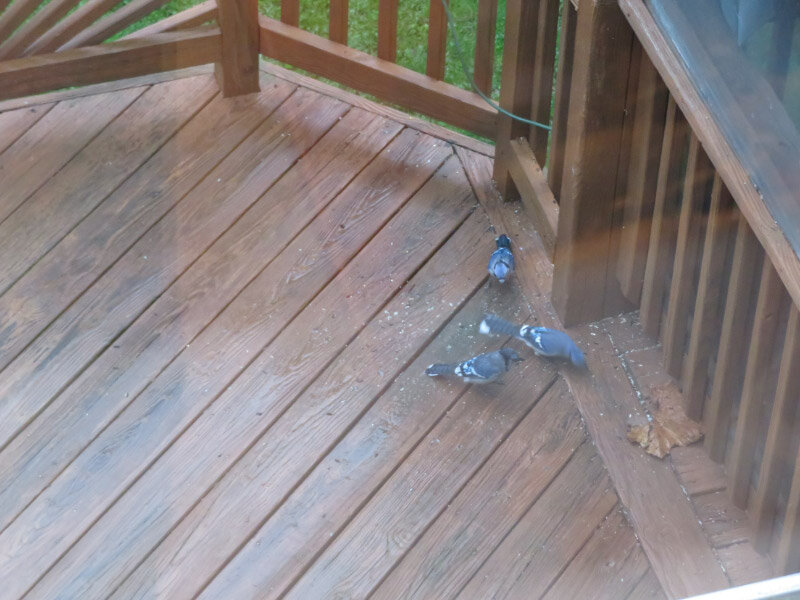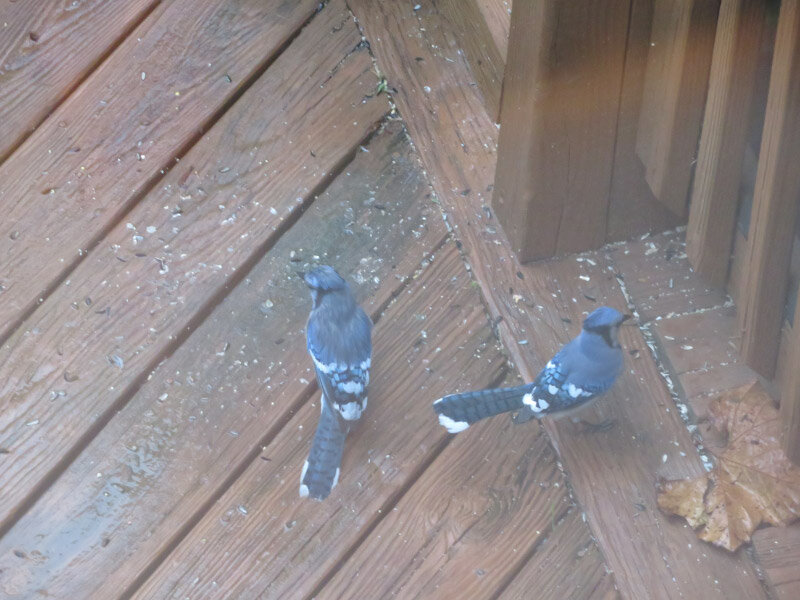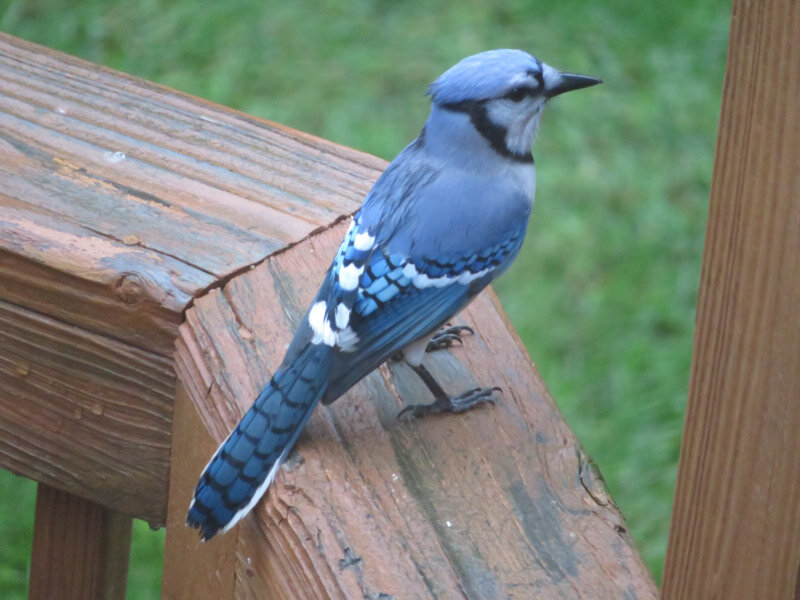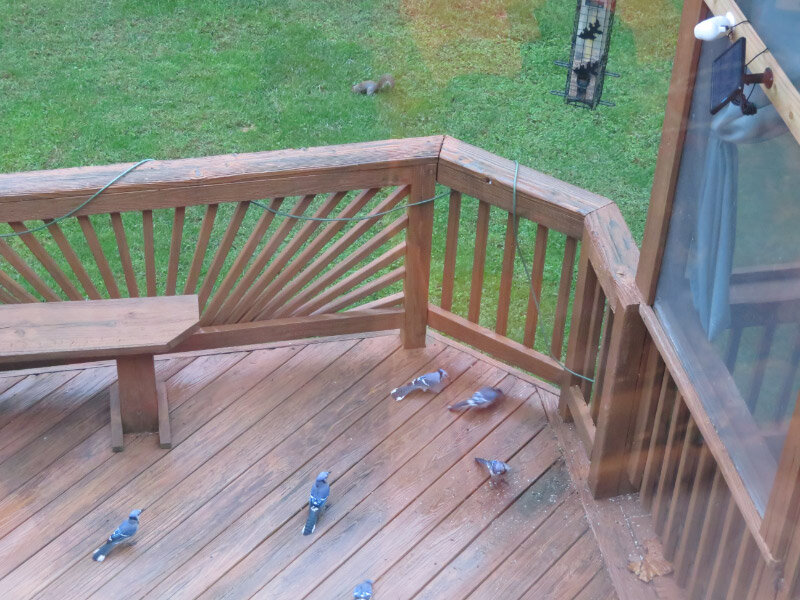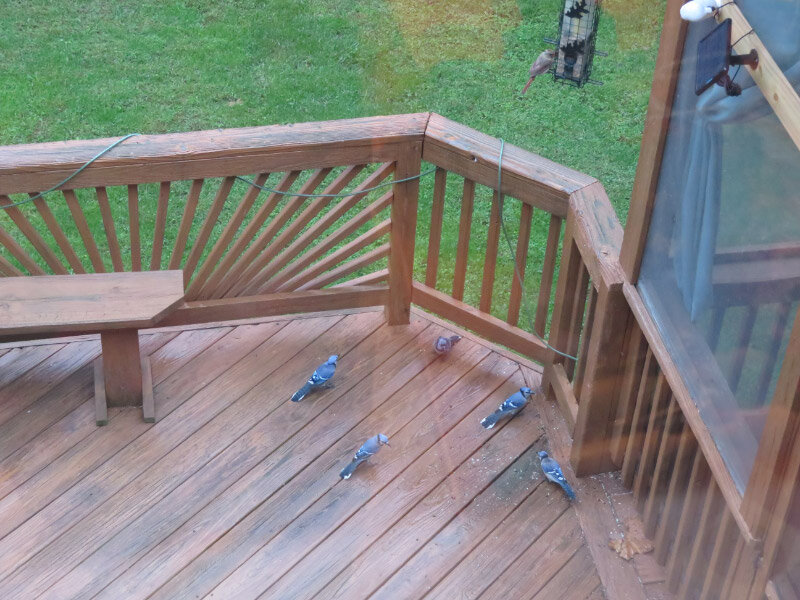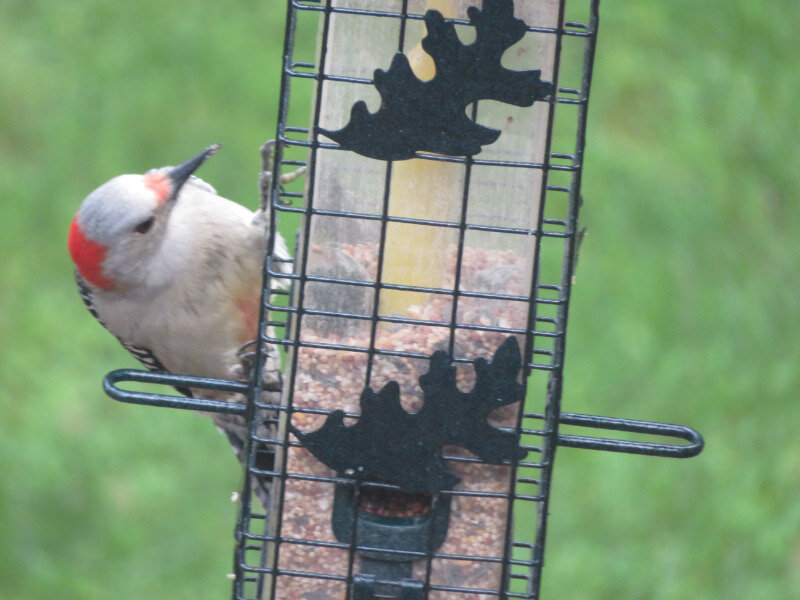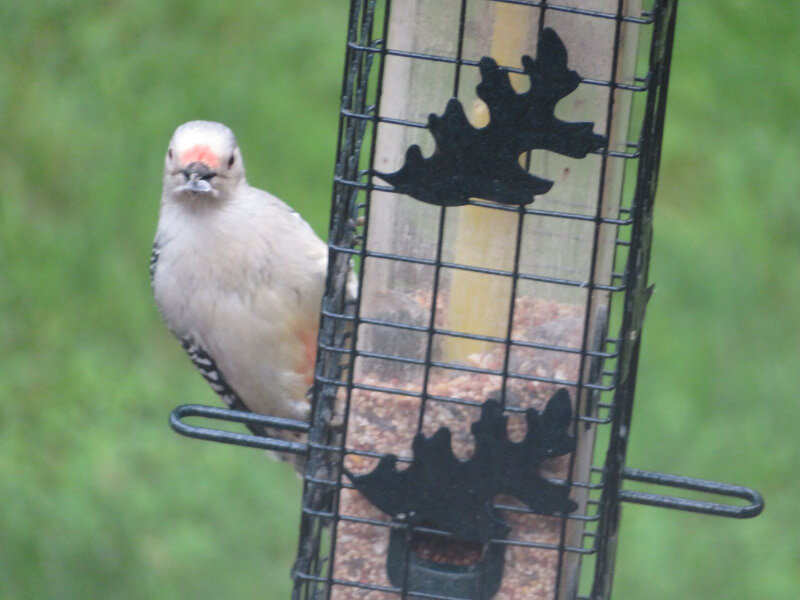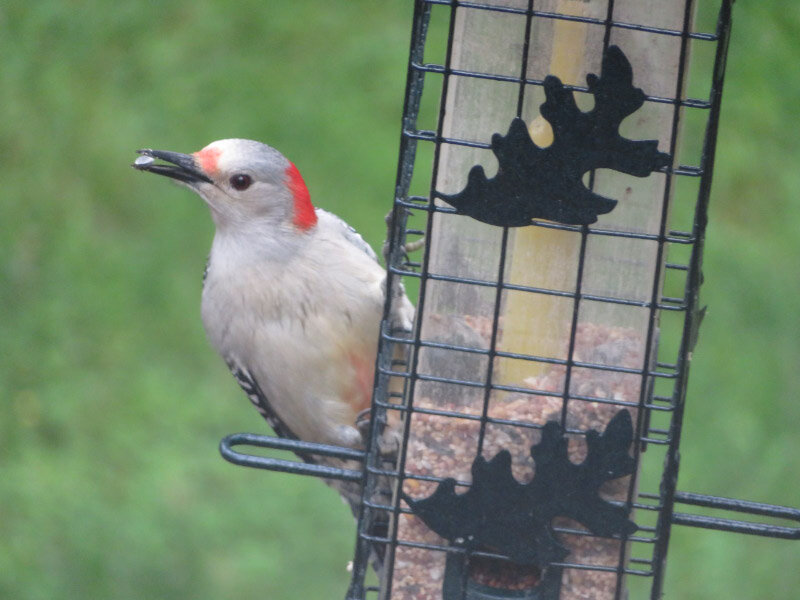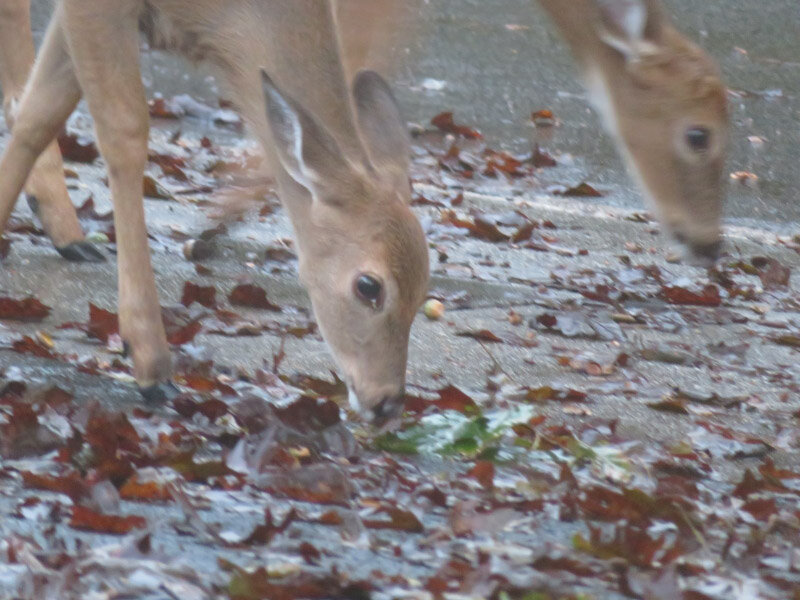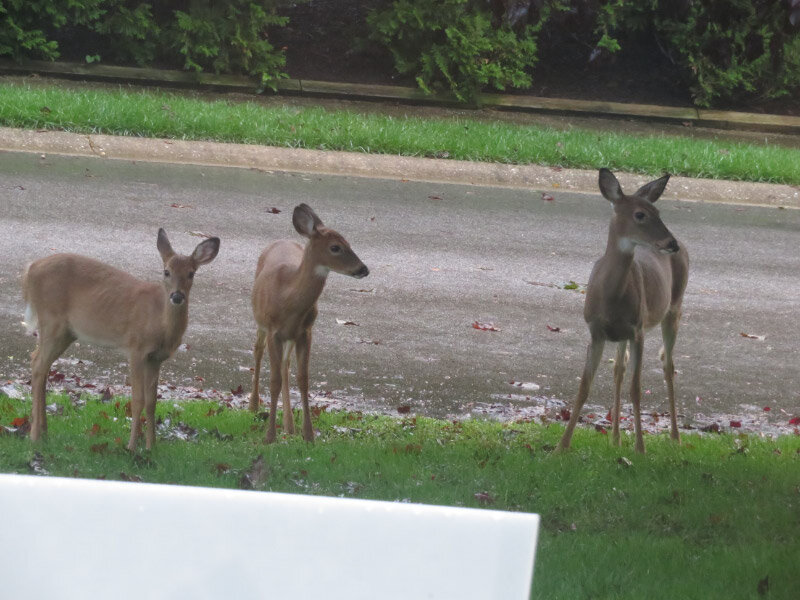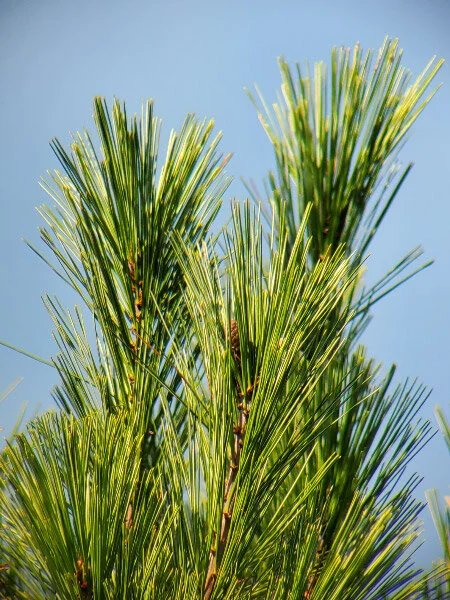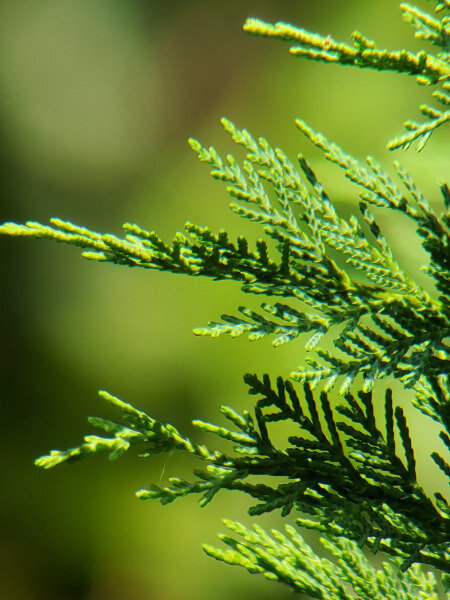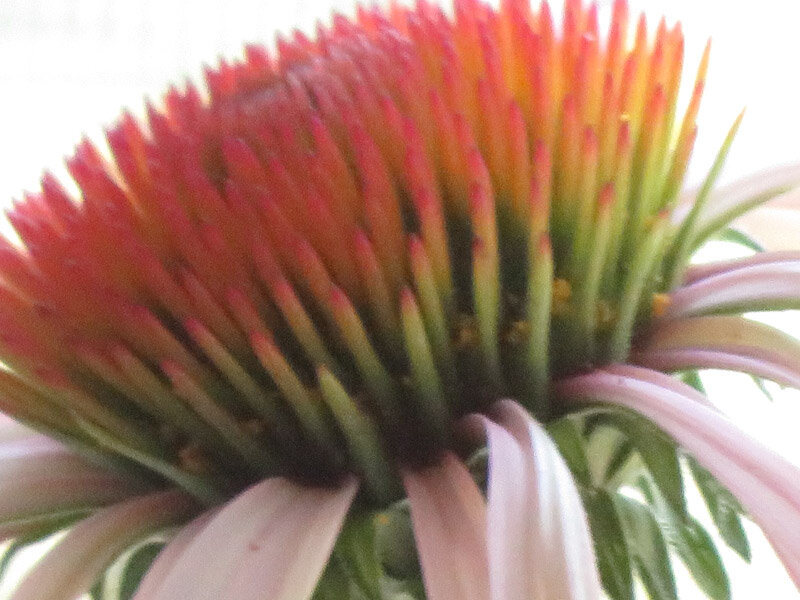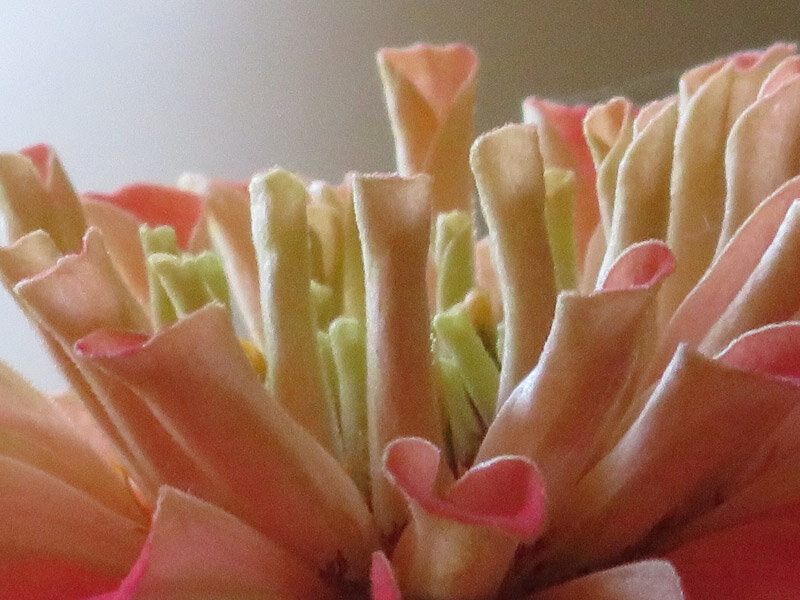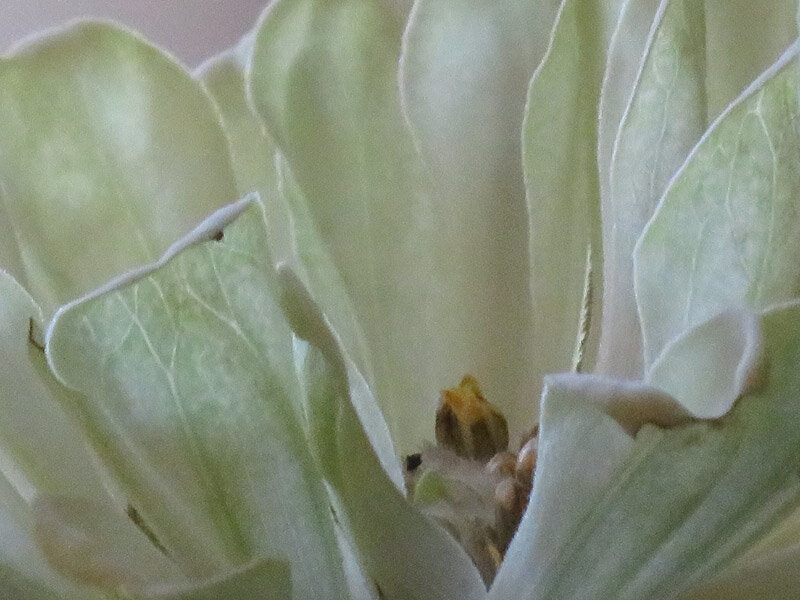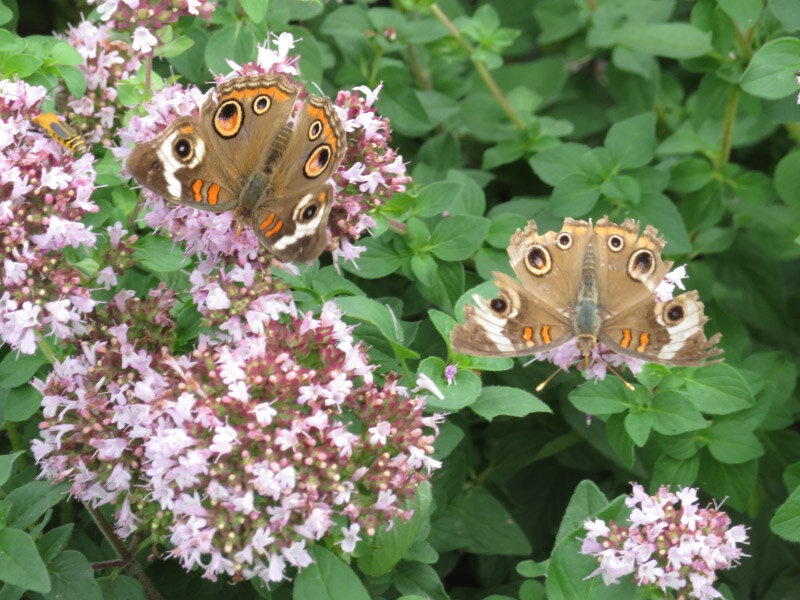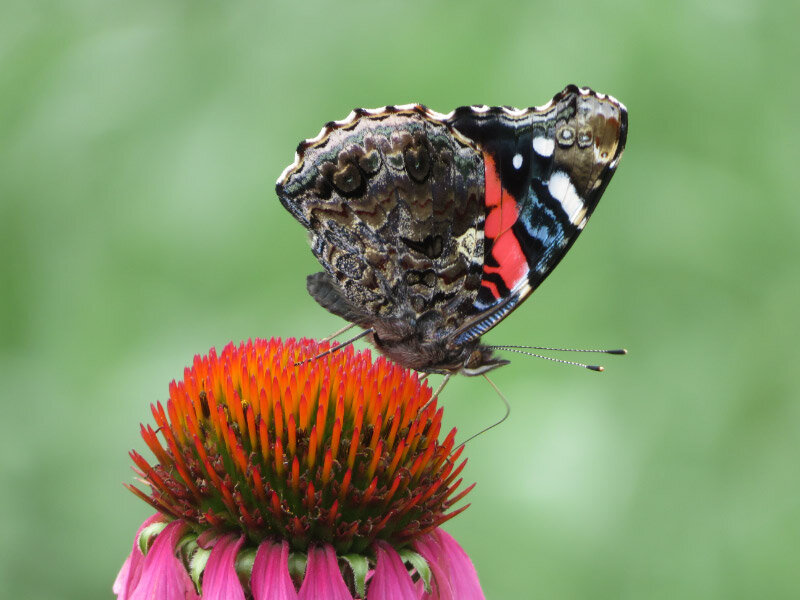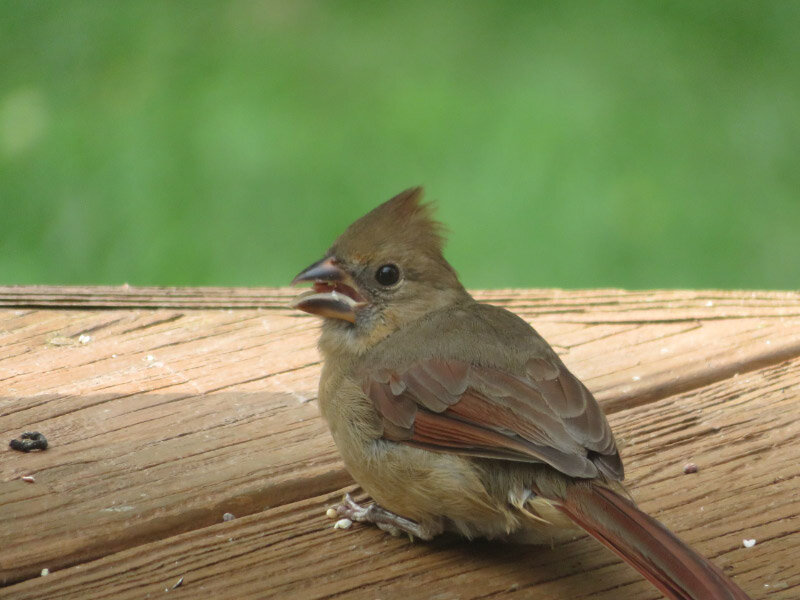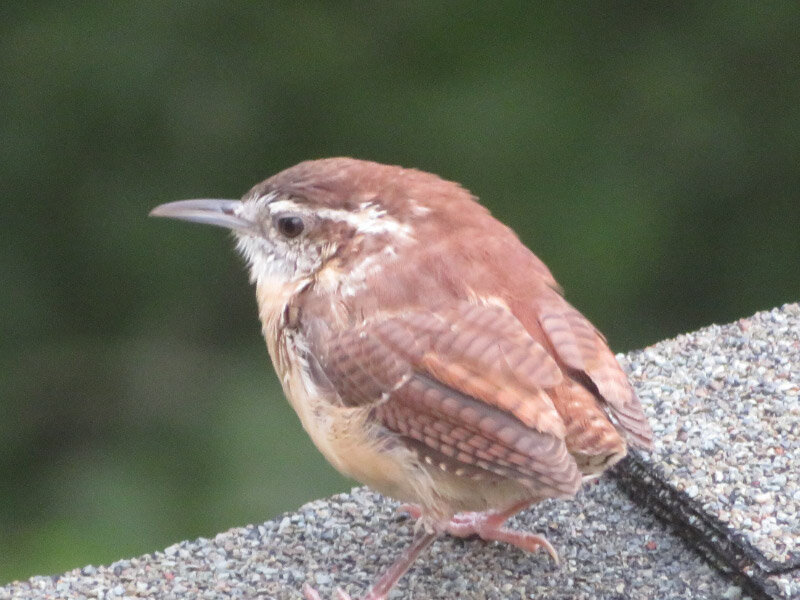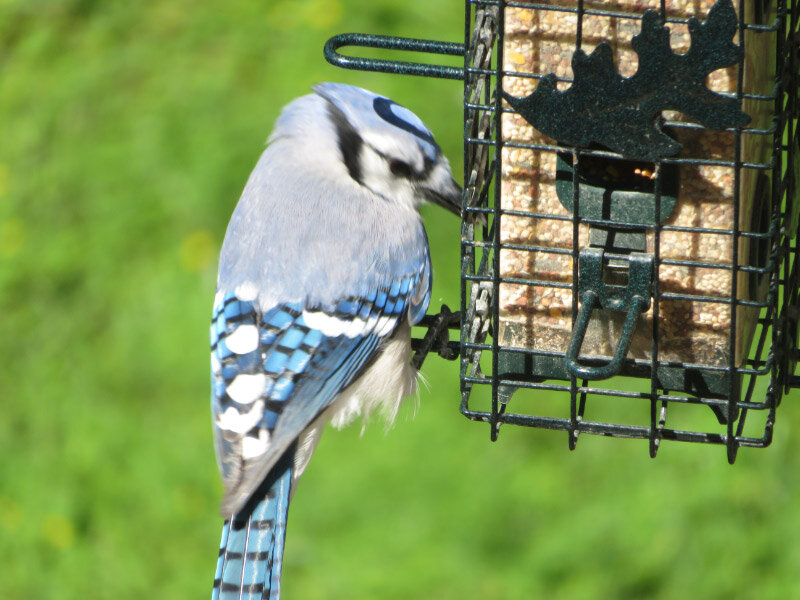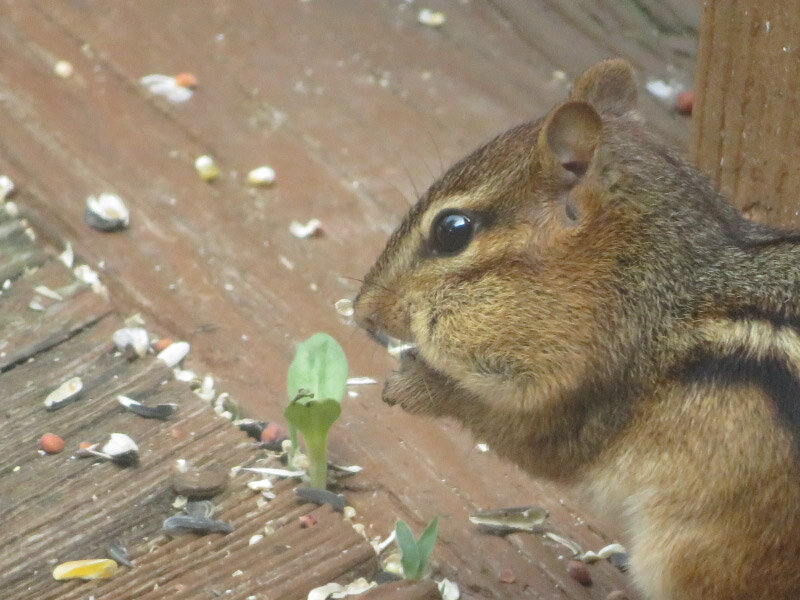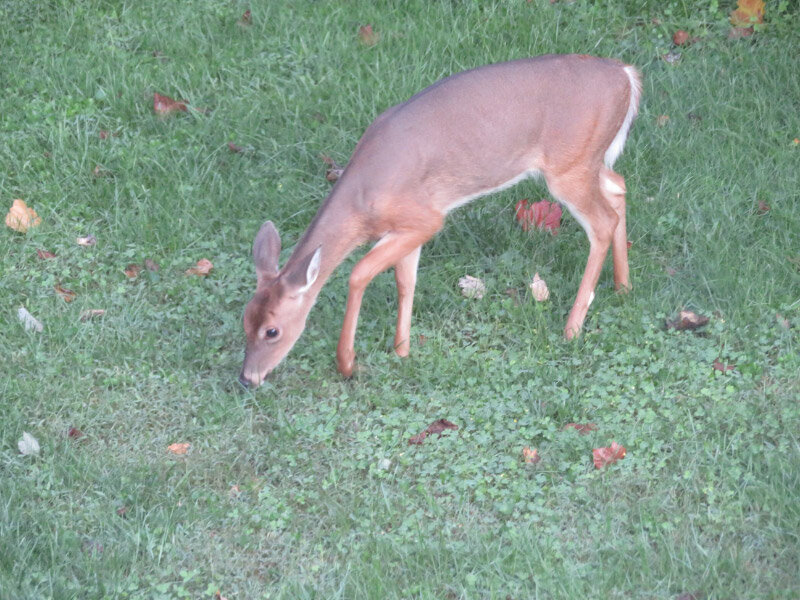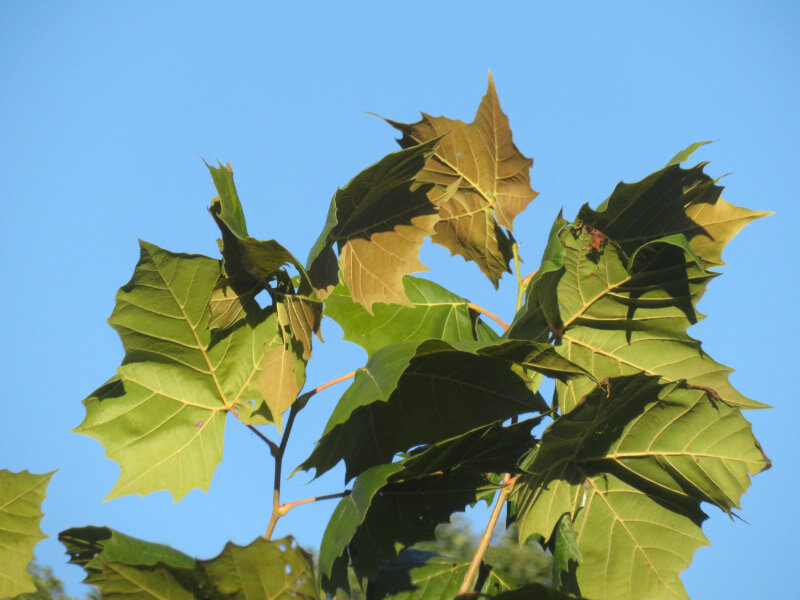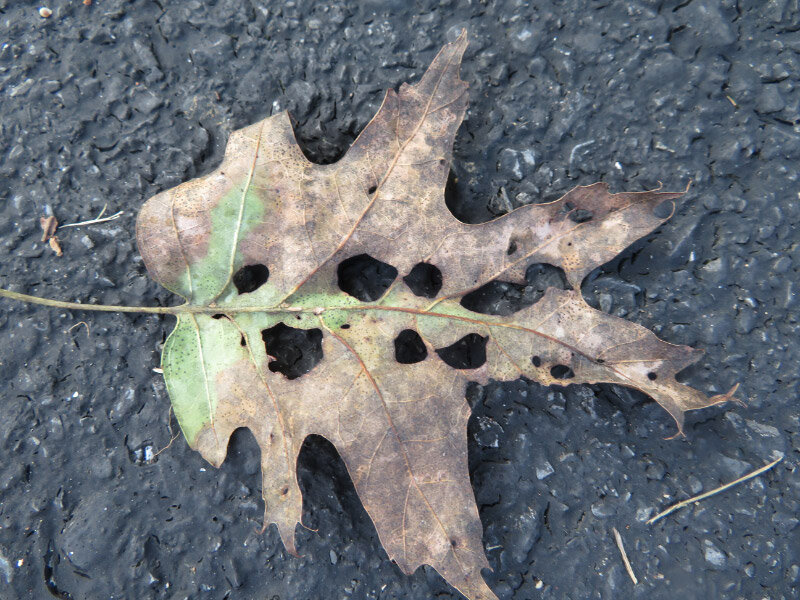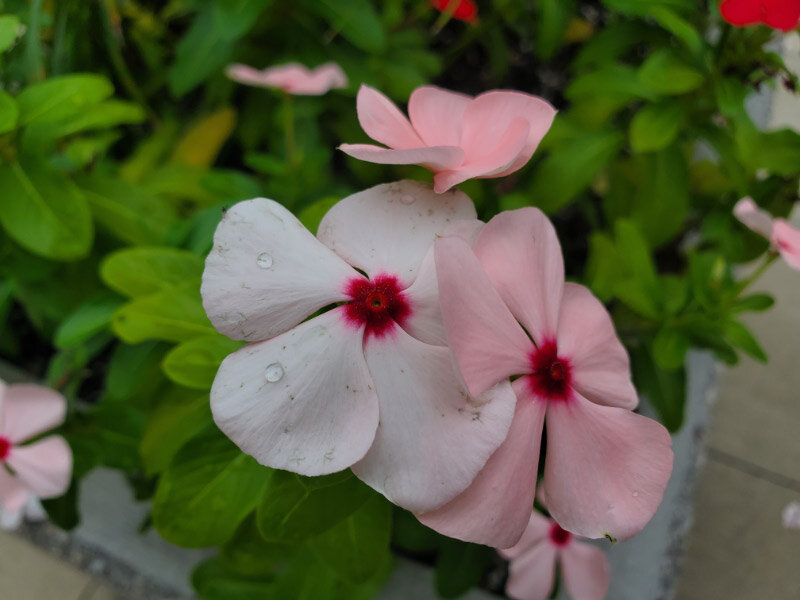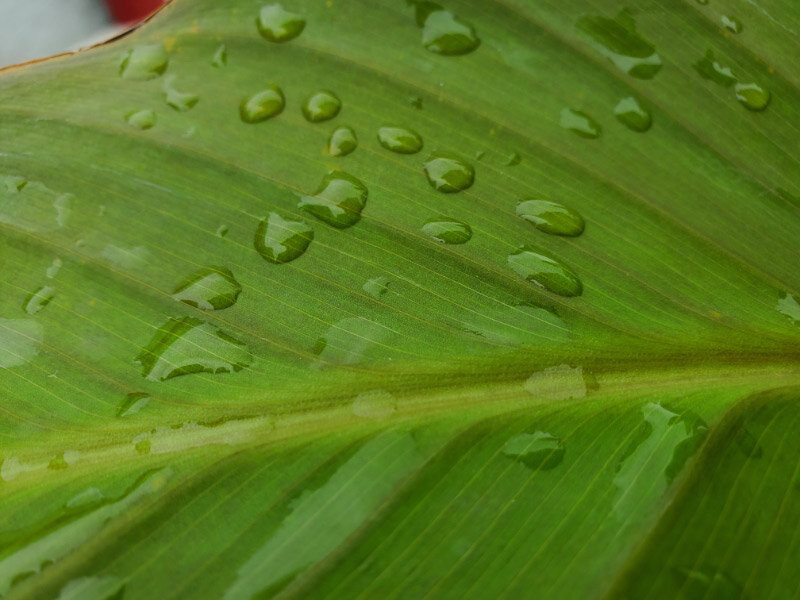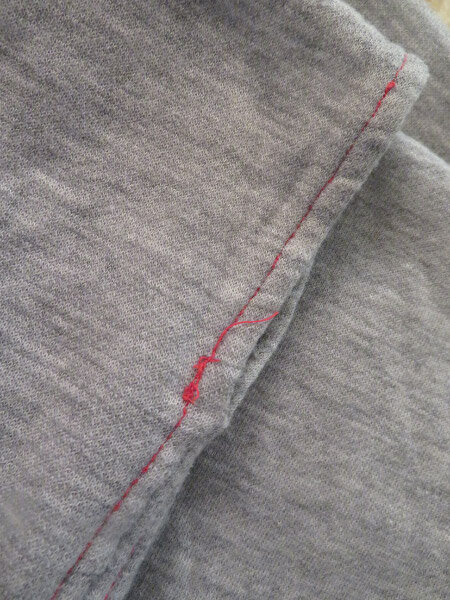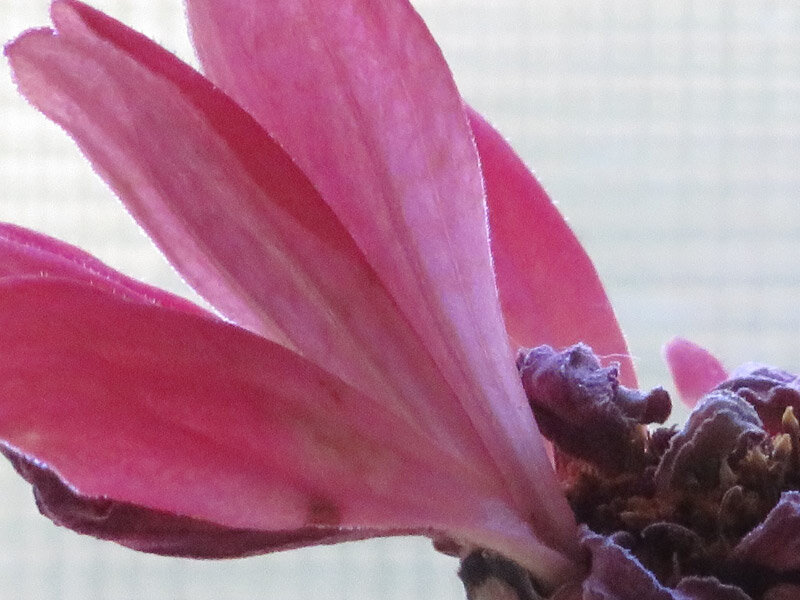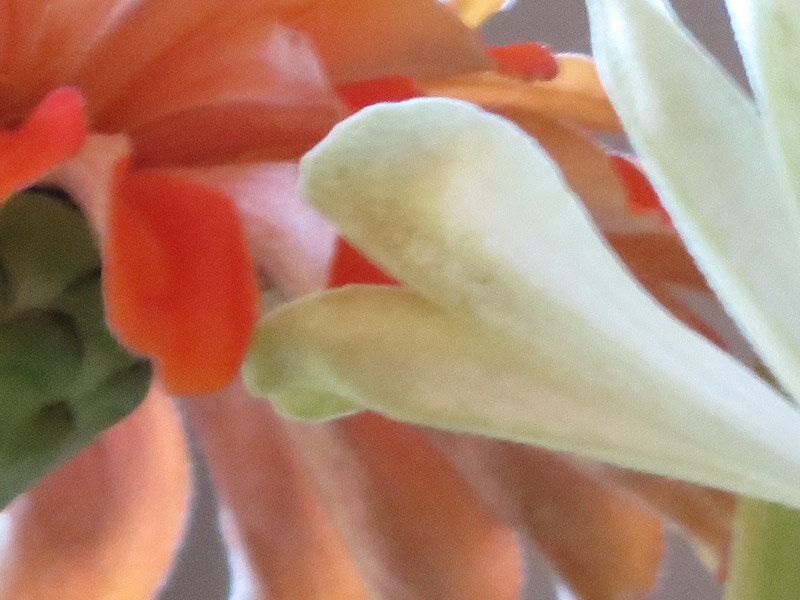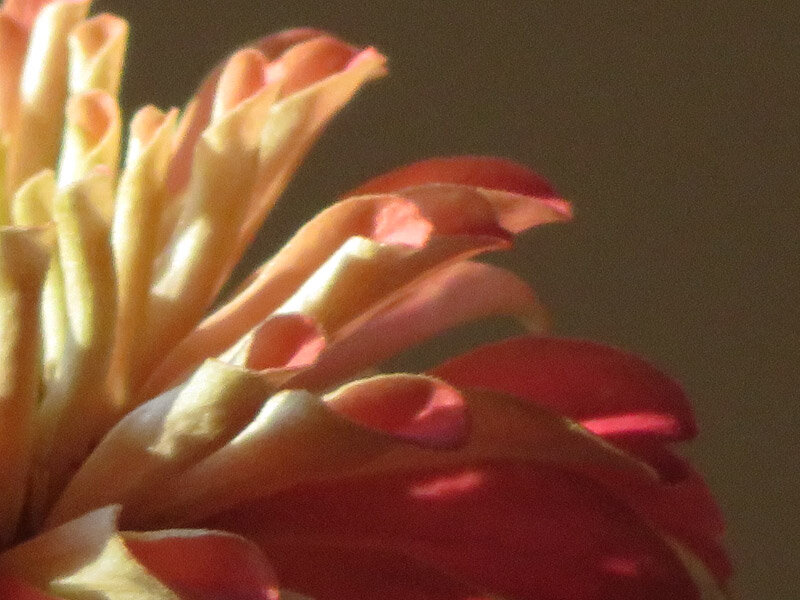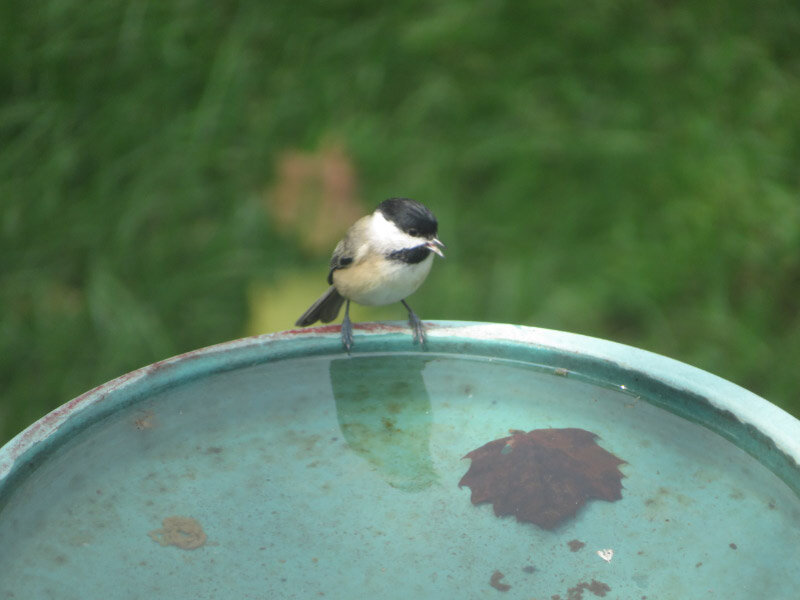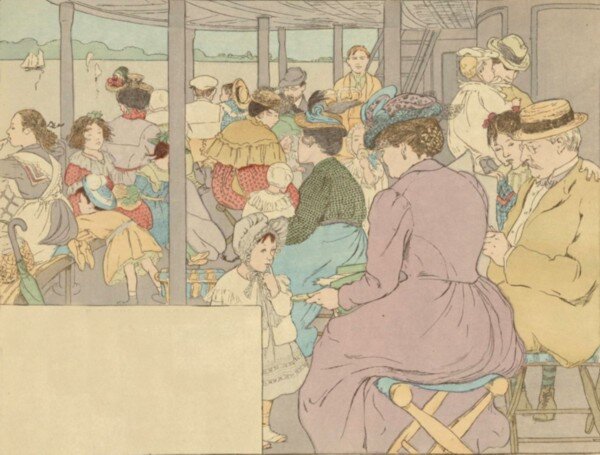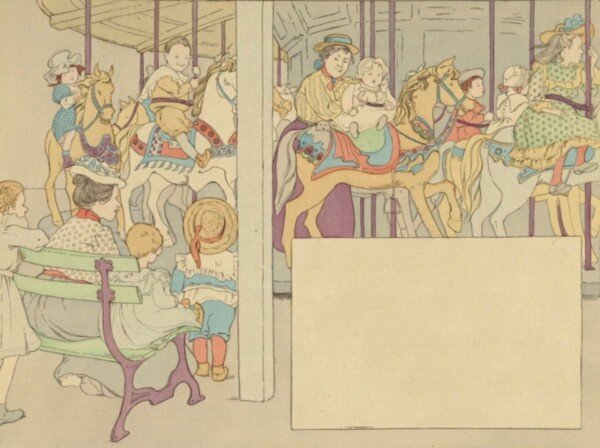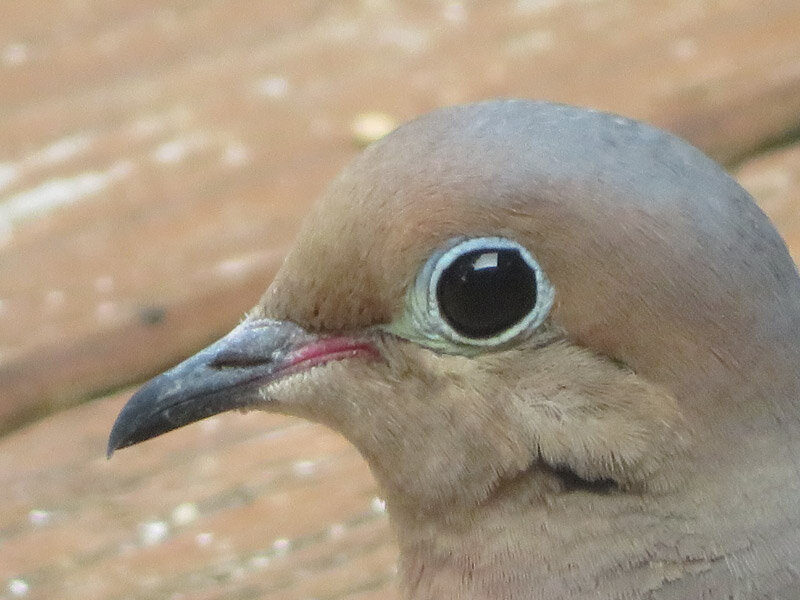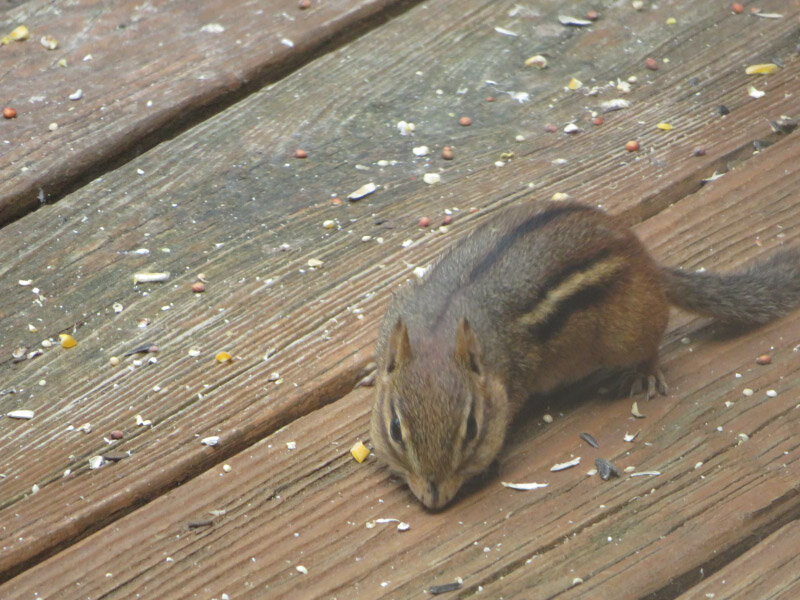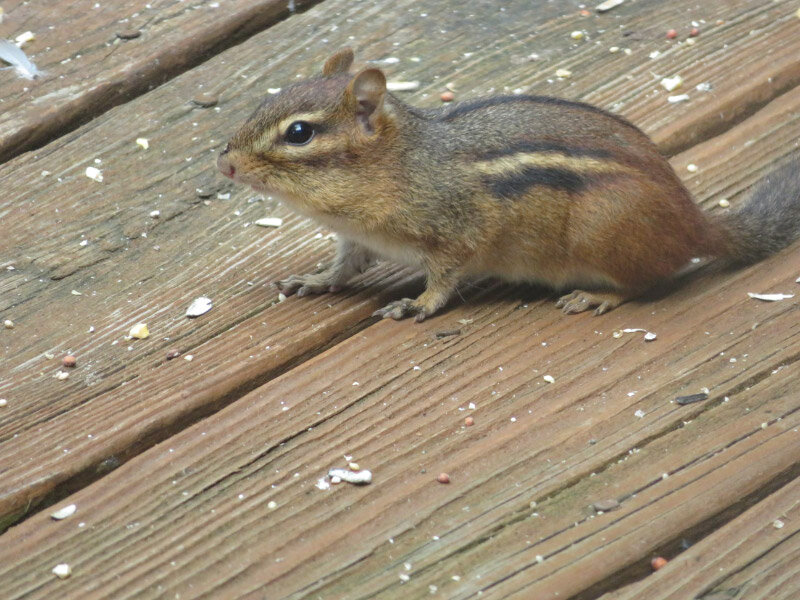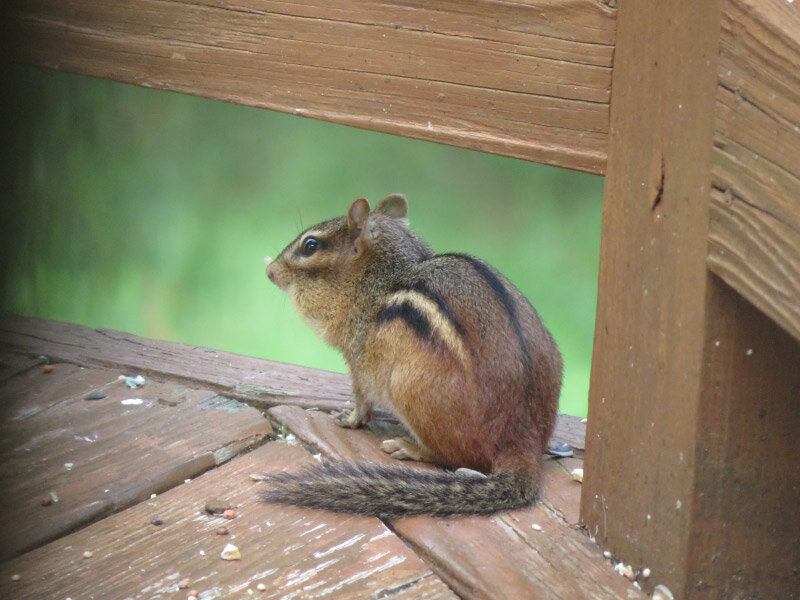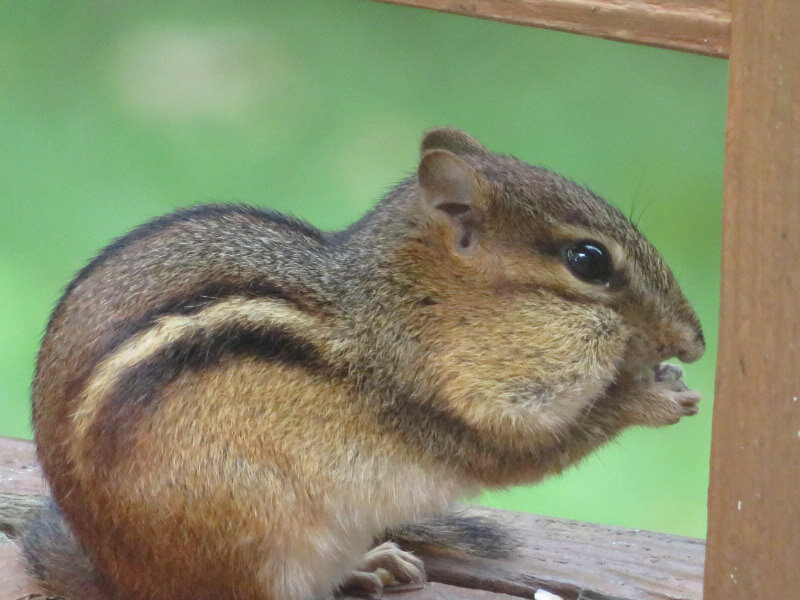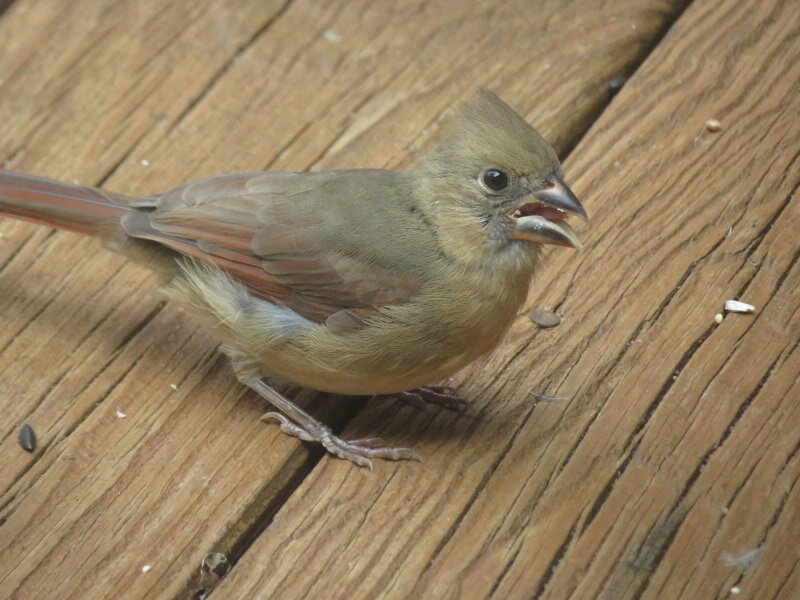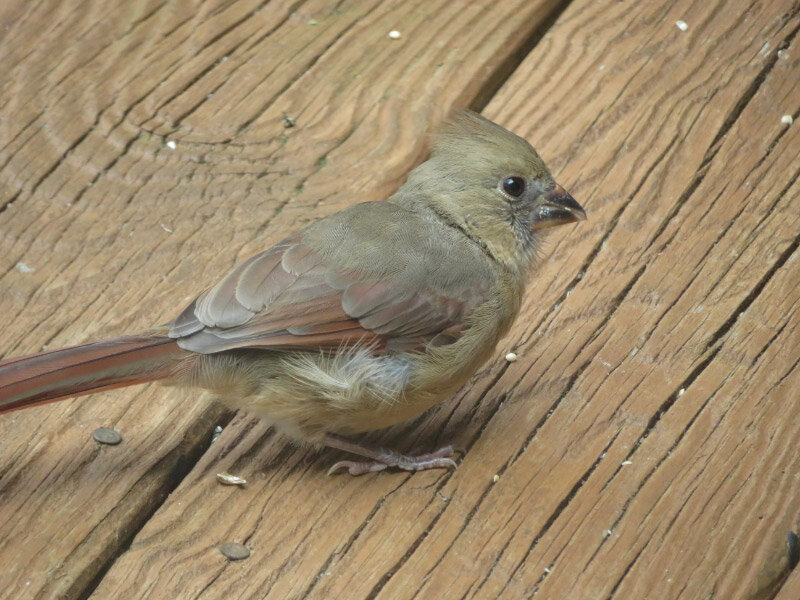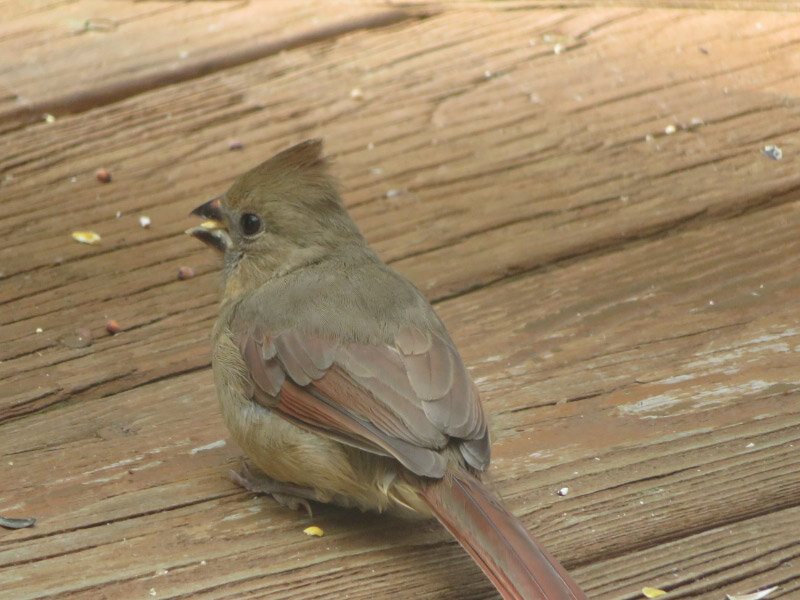Cape May Fall Festival
/Friday through Sunday were three intense days of webinars from New Jersey Audubon’s Cape May Bird Observatory (CMBO): the virtual Cape May Fall Festival We enjoyed their virtual festival last spring as well (posts for day 1, day 2); the organization tweaked a few things for this fall one that made it even better; I noticed the roving reporters out in the field and a little bit longer breaks. The days still started at 7 or 8 AM and ended at 5 or 6 (with one evening session after a 2-hour break). I learned to use the breaks to get up and move!
There is a lot of bird monitoring activity (Avalon Seawatch, Cape May Hawkwatch, and Morning Flight Songbirds) in the fall and the CMBO makes it easy to see the results with the buttons for Real-time Counts via Trektellen on their website(near the bottom of the page).
The weather was perfect for a big morning flight of songbirds on Saturday – 27,000 birds in 6 hours! See the Saturday results here – and check out other days going forward. There were huge numbers of warblers. The little bit larger songbirds that we saw (through the great work of the person filming the roving reporters) were Northern Flickers and Blue Jays (3,538 and 1,496 were counted for the morning). The songbirds migrate at night and are funneled down from points north to the Cape May Peninsula where most of them drop down for food and rest before continuing on – most of them working their way back to the north and west around Delaware Bay to then continue their southward migration.
The Hawkwatch also saw a lot of birds on Saturday (results here). These birds migrate during the day. There were 194 Cooper’s Hawks that came through.
The Avalon Seawatch had a bigger day on Sunday with over 1,000 (each) black scoters and double crested cormorants.
There were places featured in the talks and roving reports that we had seen in Spring 2019 (like South Cape May Meadows, Cape May Bird Observation Deck, Higbee Beach Wildlife Management Area, CMBO’s Northwood Center) and then the Edwin B. Forsythe National Wildlife Refuge which was new to us. So many places we would like to be!
There is a also a CMBO Monarch Monitoring Project that tags butterflies! Even though the large winter numbers of Monarchs in Mexico were found in 1975, it was not until 1998 when 7 of Cape May tagged butterflies were found there that the debate of where the east coast Monarchs migrated was finally settled. The results of the monitoring at Cape May are reported in a table on the website.
Virtual sessions are great for classroom type presentations too. At birding festivals, I tend to always opt for the field sessions, so this year of virtual festivals has been great for the classroom-based skill building. I particularly enjoyed learning more about raptor id (in flight), winter seabirds of New Jersey, ravens, other bird observatories (international), international birding tours, and the bird id game done by 3 NJ Audubon’s Young Birder Club members (wow….they have impressive id skills and are good at sharing their knowledge). The Cornell Lab of Ornithology provided the one evening session; I learned about Birds of the World (a new subscription based resource) and more about resources I already know about/use:
One of the sessions brought up the topic of some birds eating Monarch butterflies and seemingly not suffering any effects. My husband and I remembered that we saw that on at a previous birding festival…and I looked back through my blog posts to find out where and when and what kind of bird. It was Couch’s Kingbird on Nov. 11, 2017 and I posted about it on Nov. 27th. It was at a woodlot on South Padre Island, Texas during the Rio Grande Valley Birding Festival. I have two of my pictures from that event below. It’s always great to savor the memories of previous sessions an realize how much we seen/learned over the past few years of birding festivals.
Another prompt to think about personal history that was brought up in one of the sessions: What was your ‘spark’ bird (i.e. the one that got you interested in birds)? I tried to think back to birds that I remember from early in my life. Northern Cardinal is one – definitely. They were around in Wichita Falls, Texas….and stand out in any landscape because of their color. I remember some coloring pages from 1st or 2nd grade of various bird species and learning about Baltimore Orioles…but not seeing one until I was over 60 years old! Why didn’t the curriculum feature birds that we were more likely to see where we lived? I also remember being thrilled to see a Roseate Spoonbill the first time I went to Florida for a space shuttle launch in the 1980s; I’m not sure when I first learned about the bird but it was one that I knew when I first saw it in the field.
Overall – the Cape May Fall Festival was 3 days well spent. My husband also ordered the t-shirt for me since it is red ---- a good color for me. We ware looking forward to future festivals that we can enjoy in the field…but learned a lot and enjoyed this one. Kudos to the CMBO for doing this!











































